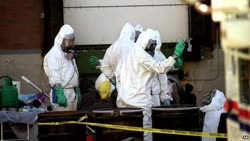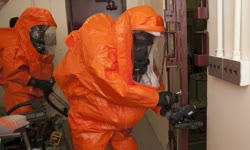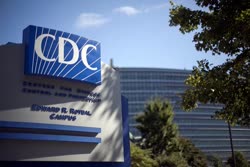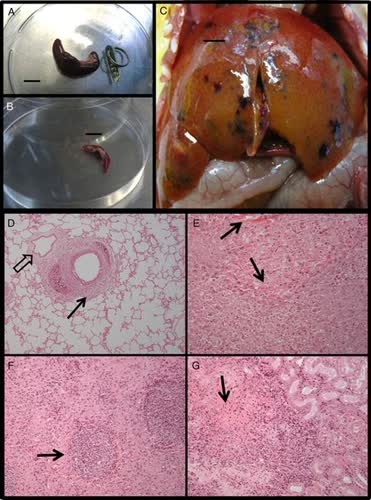|
Worker at Tulane possibly exposed to Burkholderia pseudomallei Blood tests conducted by the Centers for Disease Control and Prevention indicate the employee of the primate center's veterinary clinic has a "possible current or prior exposure" to the bacterium Burkholderia pseudomallei, agency spokesman Jason McDonald said. The worker shows no signs of illness and additional testing is needed to confirm the exposure, he said.
|
|
"It was with anthrax, in fact, that the germ theory of disease was firmly established." - Guillamin
|
|
The Dorset Biological Warfare Experiments 1963-75 During the years 1949-1964 there was a growing realisation, confirmed by results from experiments conducted by Porton Down scientists, that a large area of the UK could be contaminated with simulated biological warfare agents by a single ship or aircraft. Experiments using the BW simulant, Zinc Cadmium sulphide, had shown that a spray aircraft, flying along the coast of the UK, could contaminate an area as large as 10,000 square miles from a distance of over 100 miles from the target area. This method of BW attack became known as the Large Area Coverage (LAC) concept.
|
|
US weaponized Ebola in UK with Canadian Ebola Virus. 12 Marmoset monkeys were experimentally infected with the Ebola virus, via aerosol, at Porton Down under a Pentagon-funded project – Experimental respiratory infection of marmosets with Ebola virus Kikwit (the Zaire strain of the Ebola virus which killed more than 245 people in Zaire, now Democratic Republic of Congo, in 1995). The project was part of a $6.3 million DTRA program running at Porton Down from 2012 to 2016 – Development of common marmoset models for category A/B pathogens and product evaluation in marmosets. |
|
The Reemergent 1977 H1N1 Strain and the Gain-of-Function Debate ABSTRACT The 1977-1978 influenza epidemic was probably not a natural event, as the genetic sequence of the virus was nearly identical to the sequences of decades-old strains. While there are several hypotheses that could explain its origin, the possibility that the 1977 epidemic resulted from a laboratory accident has recently gained popularity in discussions about the biosafety risks of gain-of-function (GOF) influenza virus research, as an argument for why this research should not be performed. There is now a moratorium in the United States on funding GOF research while the benefits and risks, including the potential for accident, are analyzed. Given the importance of this historical epidemic to ongoing policy debates, we revisit the evidence that the 1977 epidemic was not natural and examine three potential origins: a laboratory accident, a live-vaccine trial escape, or deliberate release as a biological weapon. Based on available evidence, the 1977 strain was indeed too closely matched to decades-old strains to likely be a natural occurrence. While the origin of the outbreak cannot be conclusively determined without additional evidence, there are very plausible alternatives to the laboratory accident hypothesis, diminishing the relevance of the 1977 experience to the modern GOF debate. |
|
How the British Government subjected thousands of people to chemical and biological warfare trials during Cold War During the Cold War, the British Government used the general public as unwitting biological and chemical warfare guinea pigs on a much greater scale than previously thought, according to new historical research. |
|
World Health Organisation 'intentionally delayed declaring Ebola emergency' The World Health Organisation dragged its feet for two months over declaring the Ebola outbreak a global emergency for fear of damaging the economy of Guinea and other afflicted countries, leaked documents show. The internal documents obtained by the Associated Press in Geneva reveal that WHO’s Geneva headquarters was receiving emails by mid-April 2014 from staffers on the ground in Guinea calling for help with an epidemic that had already killed 100 people but was recognised to be largely hidden and spreading.
|





